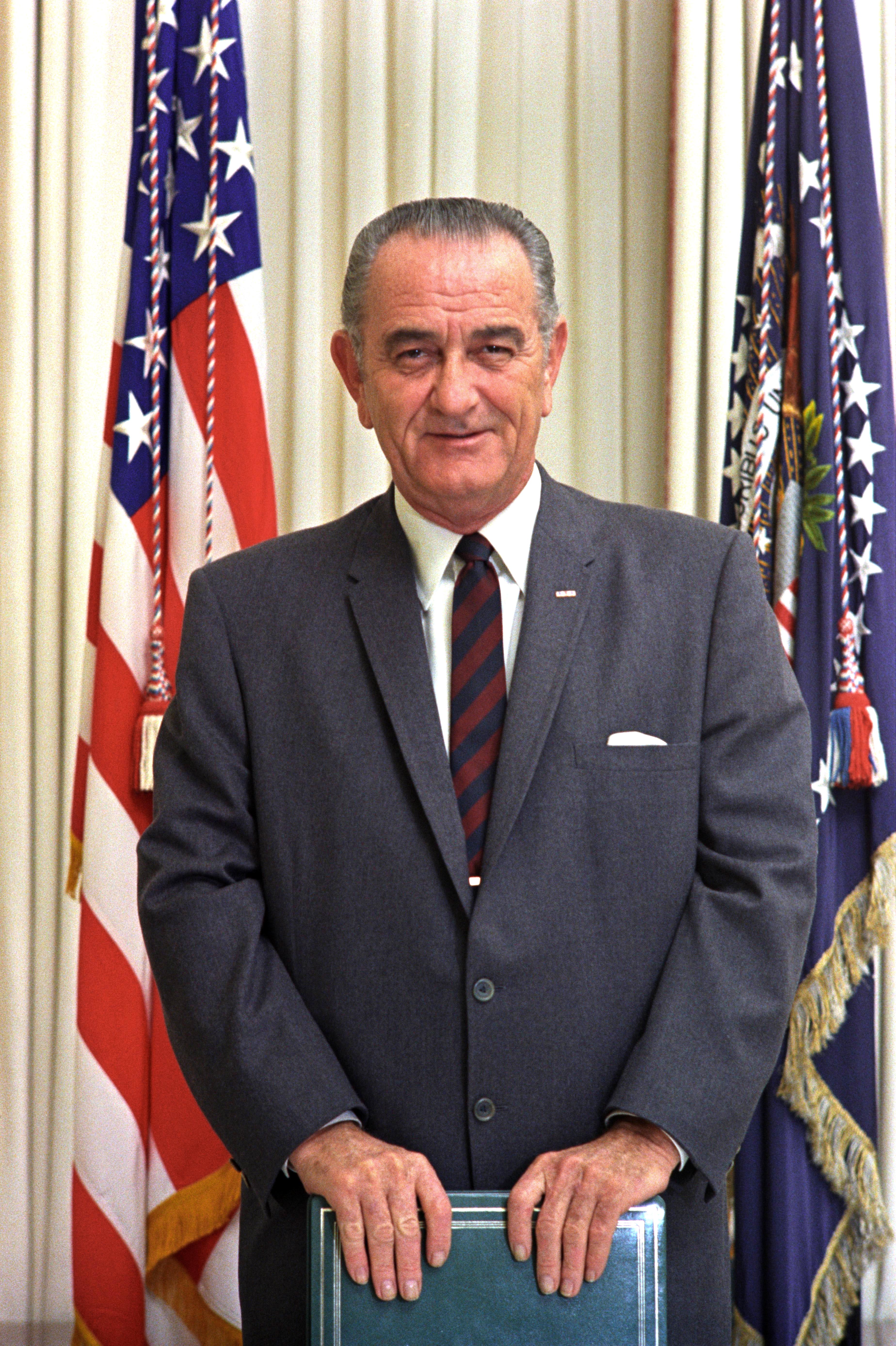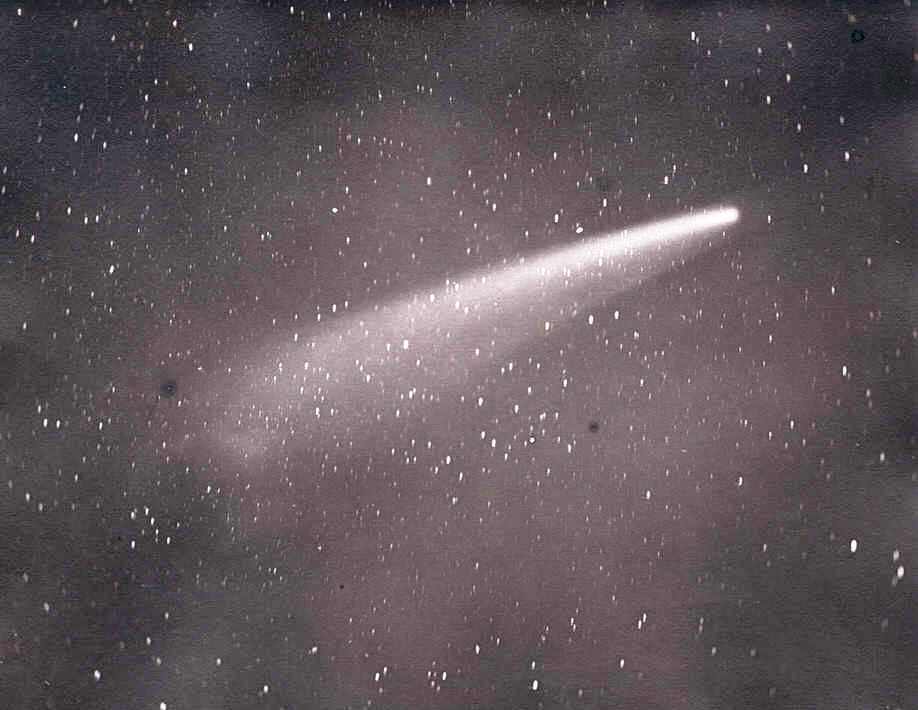|
Harold G. Leask
Harold G. Leask (7 November 1882 – 25 September 1964) was an Irish architectural historian, archaeologist and the first Inspector of National Monuments of the Irish Free State. Early life Harold Graham Leask was born in Dublin on 7 November 1882, most likely at the family home in Harold's Cross. His parents were Anna Louisa (née Molloy) and Robert Leask. He was the youngest of at least 3 brothers and 3 sisters of the Presbyterian family. Career From 1898 to 1902, Leask was apprenticed to his father, a Scottish-born architect and engineer, and then went on to work firstly in a Dublin ironfounders, followed by some time in a Waterford drawing office, before working for George Patrick Sheridan for two years. He rejoined his father for a time, but left when he was appointed a temporary assistant surveyor in the Office of Public Works around 1908 or 1909. His position was made permanent, and he rose to the position of assistant architect. Leask was appointed the first Inspector ... [...More Info...] [...Related Items...] OR: [Wikipedia] [Google] [Baidu] |
Dublin
Dublin is the capital and largest city of Republic of Ireland, Ireland. Situated on Dublin Bay at the mouth of the River Liffey, it is in the Provinces of Ireland, province of Leinster, and is bordered on the south by the Dublin Mountains, part of the Wicklow Mountains range. Dublin is the largest city by population on the island of Ireland; at the 2022 census of Ireland, 2022 census, the city council area had a population of 592,713, while the city including suburbs had a population of 1,263,219, County Dublin had a population of 1,501,500. Various definitions of a metropolitan Greater Dublin Area exist. A settlement was established in the area by the Gaels during or before the 7th century, followed by the Vikings. As the Kingdom of Dublin grew, it became Ireland's principal settlement by the 12th century Anglo-Norman invasion of Ireland. The city expanded rapidly from the 17th century and was briefly the second largest in the British Empire and sixth largest in Western Europ ... [...More Info...] [...Related Items...] OR: [Wikipedia] [Google] [Baidu] |
Antiquarian
An antiquarian or antiquary () is an aficionado or student of antiquities or things of the past. More specifically, the term is used for those who study history with particular attention to ancient artefacts, archaeological and historic sites, or historic archives and manuscripts. The essence of antiquarianism is a focus on the empirical evidence of the past, and is perhaps best encapsulated in the motto adopted by the 18th-century antiquary Sir Richard Colt Hoare, "We speak from facts, not theory." The ''Oxford English Dictionary'' first cites "archaeologist" from 1824; this soon took over as the usual term for one major branch of antiquarian activity. "Archaeology", from 1607 onwards, initially meant what is now seen as "ancient history" generally, with the narrower modern sense first seen in 1837. Today the term "antiquarian" is often used in a pejorative sense, to refer to an excessively narrow focus on factual historical trivia, to the exclusion of a sense of histori ... [...More Info...] [...Related Items...] OR: [Wikipedia] [Google] [Baidu] |
Irish Watercolourists
Irish commonly refers to: * Someone or something of, from, or related to: ** Ireland, an island situated off the north-western coast of continental Europe ***Éire, Irish language name for the island and the sovereign state *** Erse (other), Scots language name for the Irish language or Irish people ** Republic of Ireland, a sovereign state ** Northern Ireland, a constituent unit of the United Kingdom of Great Britain and Northern Ireland * Irish language, a Celtic Goidelic language of the Indo-European language family spoken in Ireland * Irish English, set of dialects of the English language native to Ireland * Irish people, people of Irish ethnicity Irish may also refer to: Places * Irish Creek (Kansas), a stream in Kansas * Irish Creek (South Dakota), a stream in South Dakota * Irish Lake, Watonwan County, Minnesota * Irish Sea, the body of water which separates the islands of Ireland and Great Britain People * Irish (surname), a list of people * William Irish, pse ... [...More Info...] [...Related Items...] OR: [Wikipedia] [Google] [Baidu] |
Burials At Mount Jerome Cemetery And Crematorium
Burial, also known as interment or inhumation, is a method of final disposition whereby a dead body is placed into the ground, sometimes with objects. This is usually accomplished by excavating a pit or trench, placing the deceased and objects in it, and covering it over. A funeral is a ceremony that accompanies the final disposition. Evidence suggests that some archaic and early modern humans buried their dead. Burial is often seen as indicating respect for the dead. It has been used to prevent the odor of decay, to give family members closure and prevent them from witnessing the decomposition of their loved ones, and in many cultures it has been seen as a necessary step for the deceased to enter the afterlife or to give back to the cycle of life. Methods of burial may be heavily ritualized and can include natural burial (sometimes called "green burial"); embalming or mummification; and the use of containers for the dead, such as shrouds, coffins, grave liners, and burial ... [...More Info...] [...Related Items...] OR: [Wikipedia] [Google] [Baidu] |
Archaeologists From Dublin (city)
Archaeology or archeology is the study of human activity through the recovery and analysis of material culture. The archaeological record consists of artifacts, architecture, biofacts or ecofacts, sites, and cultural landscapes. Archaeology can be considered both a social science and a branch of the humanities. It is usually considered an independent academic discipline, but may also be classified as part of anthropology (in North America – the four-field approach), history or geography. The discipline involves surveying, excavation, and eventually analysis of data collected, to learn more about the past. In broad scope, archaeology relies on cross-disciplinary research. Archaeologists study human prehistory and history, from the development of the first stone tools at Lomekwi in East Africa 3.3 million years ago up until recent decades. Archaeology is distinct from palaeontology, which is the study of fossil remains. Archaeology is particularly important for learning ... [...More Info...] [...Related Items...] OR: [Wikipedia] [Google] [Baidu] |
Academics Of The National College Of Art And Design , a person who is a researcher or has expertise in an academic discipline
{{Disambiguation ...
Academic means of or related to an academy, an institution learning. Academic or academics may also refer to: * Academic staff, or faculty, teachers or research staff * school of philosophers associated with the Platonic Academy in ancient Greece * The Academic, Irish indie rock band * "Academic", song by New Order from the 2015 album ''Music Complete'' Other uses *Academia (other) *Academy (other) *Faculty (other) *Scholar A scholar is a person who is a researcher or has expertise in an academic discipline. A scholar can also be an academic, who works as a professor, teacher, or researcher at a university. An academic usually holds an advanced degree or a termina ... [...More Info...] [...Related Items...] OR: [Wikipedia] [Google] [Baidu] |
1964 Deaths
Events January * January 1 – The Federation of Rhodesia and Nyasaland is dissolved. * January 5 – In the first meeting between leaders of the Roman Catholic and Orthodox churches since the fifteenth century, Pope Paul VI and Patriarch Athenagoras I of Constantinople meet in Jerusalem. * January 6 – A British firm, the Leyland Motor Corp., announces the sale of 450 buses to the Cuban government, challenging the United States blockade of Cuba. * January 9 – ''Martyrs' Day (Panama), Martyrs' Day'': Armed clashes between United States troops and Panamanian civilians in the Panama Canal Zone precipitate a major international crisis, resulting in the deaths of 21 Panamanians and 4 U.S. soldiers. * January 11 – United States Surgeon General Luther Terry reports that smoking may be hazardous to one's health (the first such statement from the U.S. government). * January 22 – Kenneth Kaunda is inaugurated as the first Prime Minister of Northern Rhodesia. * January ... [...More Info...] [...Related Items...] OR: [Wikipedia] [Google] [Baidu] |
1882 Births
Events January * January 2 ** The Standard Oil Trust (business), Trust is secretly created in the United States to control multiple corporations set up by John D. Rockefeller and his associates. ** Irish-born author Oscar Wilde arrives in New York at the beginning of a lecture tour of the United States and Canada. * January 5 – Charles J. Guiteau is found guilty of the assassination of James A. Garfield (President of the United States) and sentenced to death, despite an insanity defense raised by his lawyer. * January 12 – Holborn Viaduct power station in the City of London, the world's first coal-fired public electricity generating station, begins operation. February * February 3 – American showman P. T. Barnum acquires the elephant Jumbo from the London Zoo. March * March 2 – Roderick Maclean fails in an attempt to assassinate Queen Victoria, at Windsor, Berkshire, Windsor. * March 18 (March 6 Old Style) – The Principality of Serbia becomes ... [...More Info...] [...Related Items...] OR: [Wikipedia] [Google] [Baidu] |
Irish Architectural Archive
The Irish Architectural Archive was established in 1976 by Dr Edward McParland and Nicholas Robinson as the National Trust Archive. Its objective is to collect and preserve material of every kind relating to the architecture of Ireland, and make it available to the public. It is based at 45 Merrion Square, Dublin, and is an independent private company with charitable status. The repository serves as the main collection of diverse materials pertaining to Irish architecture. Founded under the authority of An Taisce, the Irish Architectural Archive seeks to accumulate authentic or, if unavailable, replicated documentation of Irish architecture, with the intention of providing unrestricted access to the public. The expanding assortment encompasses many forms of material, such as publications, books, sketches, etchings, paperwork, models, images, and prints. The focus lies on the time span ranging from 1560 to the contemporary. The diverse records encompass a wide range of structures ... [...More Info...] [...Related Items...] OR: [Wikipedia] [Google] [Baidu] |
Library Of Trinity College Dublin
The Library of Trinity College Dublin () serves Trinity College, and is the largest library in Ireland. It is a legal deposit or "copyright library", which means that publishers in Ireland must deposit a copy of all their publications there without charge. It is the only Irish library to also hold such rights for works published in the United Kingdom. It is one of the most iconic and prominent landmarks of the university, and has housed the Book of Kells since 1661. The Library is also the permanent home to the Brian Boru harp, a national symbol of Ireland, as well as a copy of the 1916 Proclamation of the Irish Republic. One of the four volumes of the Book of Kells is on public display at any given time. The volumes and pages shown are regularly changed; a new display case installed in 2020 facilitated all pages to be displayed, including many which had not been seen in public for several decades. Members of the University of Dublin also have access to the libraries of Ta ... [...More Info...] [...Related Items...] OR: [Wikipedia] [Google] [Baidu] |






